Find The Best Canopy Installation Experts With ScaffoldingHQ
Elevate Your Outdoor Space with Durable Canopies
ScaffoldingHQ connects you with trusted canopy installers in the UK. Get free quotes, compare services, and find the perfect match for your residential or commercial needs. Whether you're looking for a shade sail, pergola canopy, or a carport canopy, we've got you covered.
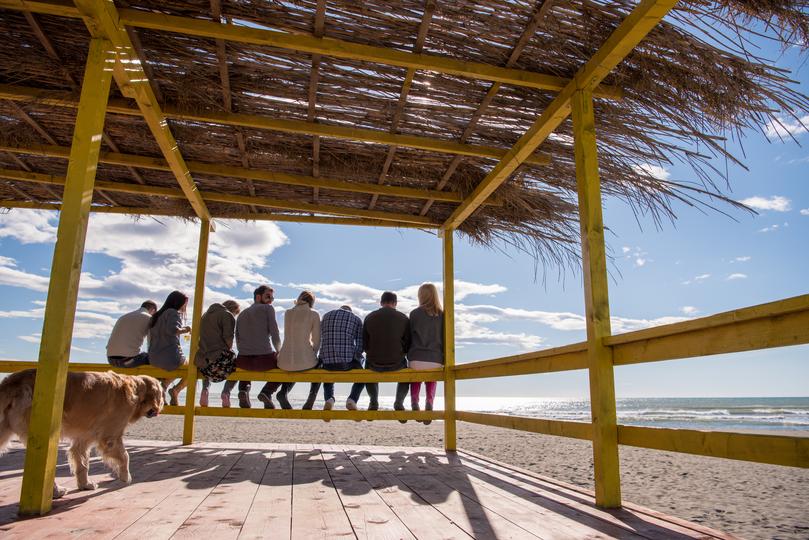
Explore Scaffolding Solutions for Your Project
ScaffoldingHQ is your one-stop shop for scaffolding needs. Need a scaffolding company for your construction project? We connect you with trusted providers for residential scaffolding, industrial scaffolding, and other specialized scaffolding solutions.
Find trusted scaffolding companies near you. Get quotes for scaffolding erection, dismantling, and rental services.
Need scaffolding for a short-term project? Find reliable scaffolding rental companies near you and get competitive rates.
Scale your commercial construction projects safely and efficiently. Find experienced commercial scaffolding providers on our directory.
Finding a Canopy Installer Is Easy with ScaffoldingHQ
We simplify the process of finding and hiring experienced canopy installers in the UK.
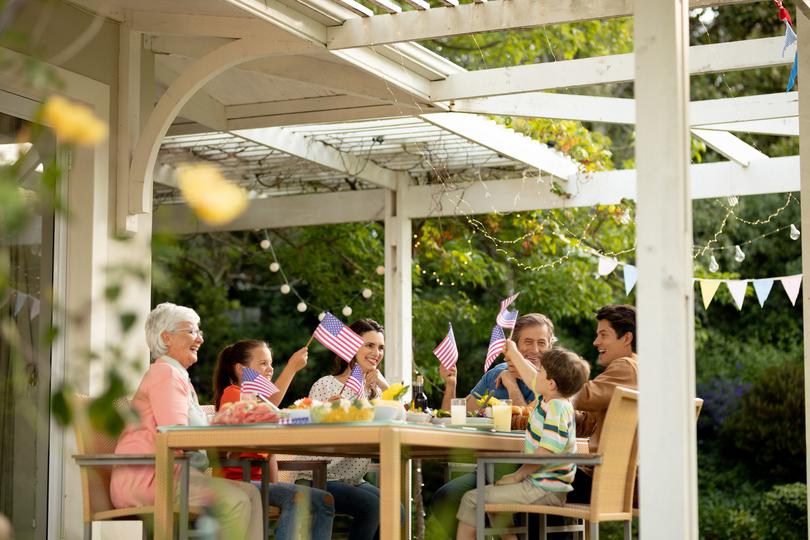
- Tell Us About Your Canopy Needs
- Provide details about your project, including the type of canopy you need (retractable, fixed, custom), the size and location, and your preferred materials. Tell us about any special requirements you might have.
- We Connect You with Local Installers
- We'll match you with reputable canopy installation companies in your area who specialize in the type of canopy you're looking for.
- Compare Quotes and Choose Your Installer
- Review quotes from multiple canopy installers, compare their pricing, experience, and offered warranties, and choose the best fit for your project.
- Get Your Canopy Installed
- Your chosen canopy installer will schedule a consultation, take measurements, and handle the entire installation process, ensuring a professional and seamless experience.
Why Choose ScaffoldingHQ for Your Canopy Installation?
Why Choose ScaffoldingHQ for Your Scaffolding Needs?
ScaffoldingHQ simplifies the process of finding and hiring reputable canopy installers in the UK. Here's why we're the best choice for your canopy project: We make it easy to find and compare qualified scaffolding providers in your area. Here's how:

- Vetted and Experienced Installers
- We partner with experienced canopy installation companies with a proven track record of quality workmanship and customer satisfaction. Our vetting process ensures they are qualified, reliable, and committed to providing excellent service.
- Wide Selection of Canopy Options
- Our directory includes installers who specialize in various canopy types, including retractable awnings, fixed canopies, shade sails, pergolas, and carports. Find the perfect canopy solution to meet your specific needs and style.
- Competitive Quotes, No Obligation
- Receive multiple quotes from canopy installers in your area, allowing you to compare pricing and services before making a commitment. Our service is free, and there's no obligation to hire.
- Seamless Project Management
- We streamline the entire process, from finding installers to requesting quotes and scheduling installations. Our platform simplifies communication and helps you stay organized throughout your canopy project.
- Quality Materials and Workmanship
- Our partner installers use high-quality materials and adhere to industry standards to ensure the durability and longevity of your canopy. We believe in delivering lasting results that exceed expectations.
- Exceptional Customer Support
- Our dedicated customer support team is here to assist you at every step. We're available to answer your questions, provide guidance, and ensure you have a positive experience with ScaffoldingHQ.
Enhance Your Business with a Stylish Canopy
Commercial Canopy Installation
Attract customers and create a welcoming outdoor space for your business with a commercial canopy. Our network of installers has experience working with:
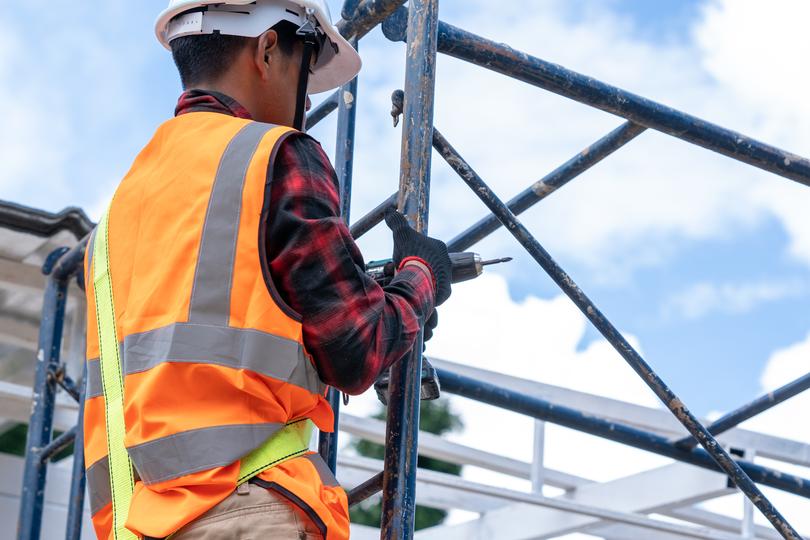
Need scaffolding for a short-term project? Find reliable scaffolding rental companies near you and get competitive rates.
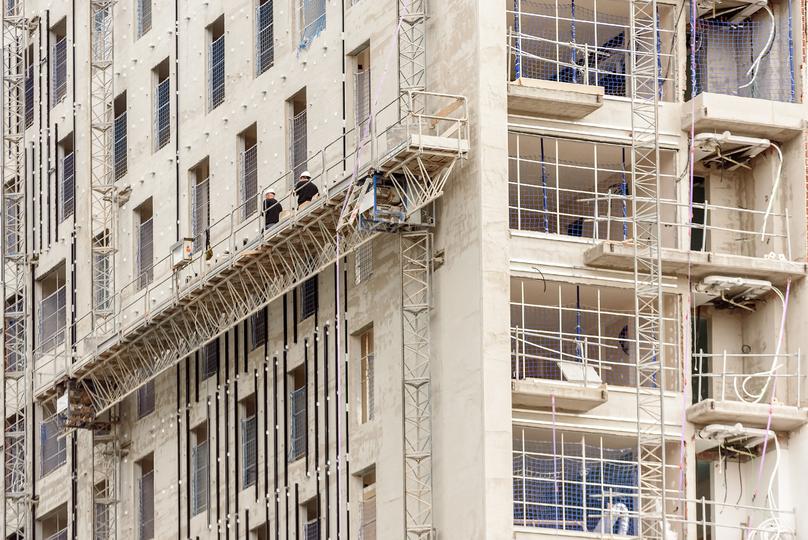
Scale your commercial construction projects safely and efficiently. Find experienced commercial scaffolding providers on our directory.

Add style and protection to your property. Find expert canopy installers for residential and commercial projects on our directory.
Create Your Perfect Outdoor Oasis
Residential Canopy Installation
Enjoy your backyard or patio more with a beautiful and functional canopy. We can help you find installers for:
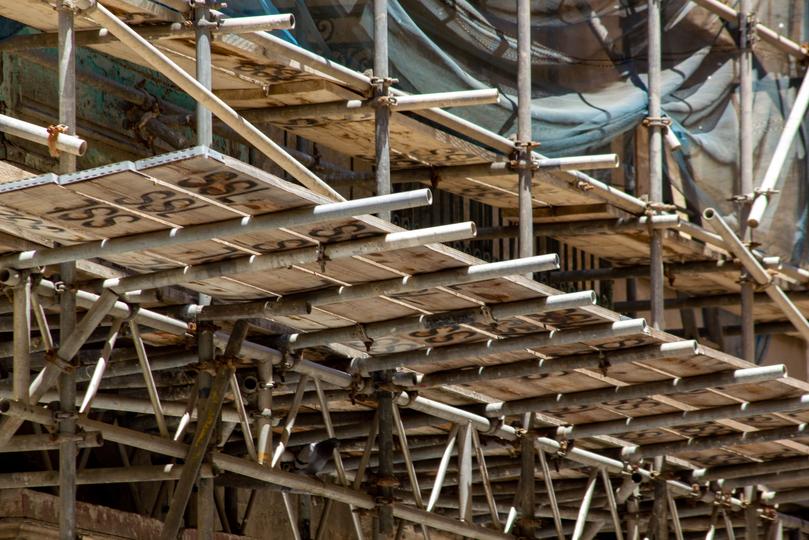
Find trusted scaffolding companies near you. Get quotes for scaffolding erection, dismantling, and rental services.

Need scaffolding for a short-term project? Find reliable scaffolding rental companies near you and get competitive rates.

Add style and protection to your property. Find expert canopy installers for residential and commercial projects on our directory.
Ready to Transform Your Outdoor Space?
Find the Best Canopy Installers on ScaffoldingHQ!
Get free, no-obligation quotes from trusted canopy installation companies in the UK.
Canopy and Awning Glossary
Canopy
Awning
Retractable Awning
Fixed Canopy
Freestanding Canopy
Canopy Fabric
Canopy Frame
Valance
Pitch
Projection
Motorized Canopy
Manual Canopy
Shade Sail
Pergola Canopy
Carport Canopy
Frequently Asked Questions About Canopy Installation
How much does it cost to install a canopy?
- Canopy Type: Retractable awnings tend to be more expensive than fixed canopies.
- Size: Larger canopies require more materials and labor, increasing the cost.
- Materials: High-end fabrics or custom designs can significantly affect the price.
- Installation Complexity: Difficult access or challenging structural requirements may add to the cost.
- Location: Labor and material costs can vary by region.
What are the different types of canopies?
- Retractable Awnings: Extend or retract for flexible shade control, often motorized.
- Fixed Canopies: Permanent structures offering continuous shade and weather protection.
- Freestanding Canopies: Stand independently, offering flexibility in placement.
- Shade Sails: Large, tensioned fabric panels for modern shade solutions.
- Pergola Canopies: Installed over pergolas to enhance shade and create a more enclosed feel.
- Carport Canopies: Protect vehicles from sun, rain, and snow.
How do I choose the right canopy for my needs?
- Purpose: What do you want to use the canopy for? (shade, rain protection, aesthetics).
- Location: Where will the canopy be installed? (patio, deck, pool, window).
- Size and Projection: How much area do you need to cover?
- Style and Materials: What aesthetic do you want to achieve? (modern, traditional, colorful, neutral).
- Budget: What is your budget for the canopy and installation?
- Local Climate: Consider your local weather conditions (sun exposure, rainfall, wind).
What are the benefits of installing a canopy?
- Shade and UV Protection: Shield yourself, your furniture, and your outdoor space from harmful UV rays.
- Weather Protection: Enjoy your outdoor space even during light rain or drizzle.
- Increased Outdoor Living Space: Extend your living area outdoors with a comfortable and sheltered space.
- Enhanced Aesthetics: Improve the look and value of your home or business.
- Energy Savings: Awnings over windows can help reduce cooling costs by blocking sunlight.
How long does it take to install a canopy?
- Canopy Type: Retractable awnings typically take longer to install than fixed canopies.
- Size and Complexity: Larger or more complex canopies require more time.
- Site Access: Difficult access or challenging structural requirements can prolong the installation.
Do I need a permit to install a canopy?
- Exceeds a certain size: Check local building codes for size restrictions.
- Is attached to a historical building: Historic districts often have strict regulations.
- Extends over public property: Encroaching on sidewalks or roads may require a permit.
What type of maintenance does a canopy require?
- Cleaning: Clean the canopy fabric regularly with mild soap and water to remove dirt, debris, and mildew.
- Inspections: Inspect the frame, fabric, and hardware for any signs of damage or wear and tear.
- Lubrication: Lubricate moving parts, such as hinges and retractable mechanisms, to ensure smooth operation.
- Repairs: Address any damage to the fabric or frame promptly to prevent further deterioration.
- Seasonal Storage (for retractable awnings): Consider retracting and storing the awning during winter months to protect it from harsh weather.
How do I clean a canopy?
- Rinse: Thoroughly rinse the canopy with water to remove loose dirt and debris.
- Apply Soap Solution: Use a mild soap (like dish soap) mixed with water and apply it to the canopy fabric with a soft-bristled brush.
- Scrub Gently: Gently scrub the fabric, focusing on areas with stains or mildew.
- Rinse Again: Rinse the canopy thoroughly with water to remove all soap residue.
- Air Dry: Allow the canopy to air dry completely before retracting or storing it. Avoid using harsh chemicals or abrasive cleaners, as these can damage the fabric.
Can I install a canopy myself?
- Larger or More Complex Canopies: These require specialized tools, knowledge, and experience for proper installation and structural integrity.
- Retractable Awnings: Motorized awnings, in particular, involve electrical wiring and intricate mechanisms that require professional expertise.
- Challenging Installations: If your installation requires working at height or involves complex structural attachments, it's best to leave it to the pros.
How do I find a reputable canopy installer?
- Use ScaffoldingHQ: Our directory features pre-vetted canopy installers with a proven track record.
- Check Reviews: Read online reviews and testimonials from previous customers.
- Ask for References: Request references from the installer and contact them to verify their experience and satisfaction.
- Verify Licensing and Insurance: Ensure the installer is properly licensed and insured to protect you from liability.
- Get Multiple Quotes: Compare quotes from several installers to assess pricing and services.
- Look for Experience and Specialization: Choose an installer with experience in the specific type of canopy you need.
What is the best material for a canopy?
- Acrylic: Durable, water-resistant, excellent UV protection, available in a wide range of colors and patterns.
- Polyester: Lightweight, water-resistant, good UV protection, but may fade over time.
- Vinyl: Waterproof, durable, cost-effective, but may not be as breathable as acrylic.
- Canvas: Natural material, breathable, water-resistant (with treatment), but may require more maintenance.
- Metal (aluminum or steel): Durable, long-lasting, suitable for fixed canopies or carports.
What are some popular canopy styles?
- Traditional Awnings: Classic style, often with a dome or scallop shape.
- Modern Awnings: Sleek, minimalist designs with clean lines.
- Retractable Lateral Arm Awnings: Extend horizontally, ideal for patios and decks.
- Drop Arm Awnings: Lower vertically, providing shade for windows.
- Shade Sails: Contemporary, geometric shapes for unique shade solutions.
Can I add lighting to my canopy?
- LED Strip Lights: Energy-efficient, long-lasting, and available in various colors.
- String Lights: Create a festive or cozy atmosphere.
- Recessed Lighting: Integrated into the canopy frame for a more subtle look.
How can I protect my canopy from wind damage?
- Retract It During High Winds: If you have a retractable awning, retract it during strong winds to prevent damage.
- Choose a Wind-Resistant Canopy: Look for canopies with high wind ratings and sturdy frames.
- Install Wind Sensors: Consider installing wind sensors that automatically retract the awning when wind speeds reach a certain threshold.
- Proper Installation: Ensure the canopy is professionally installed and securely anchored to withstand wind loads.
How do I measure for a canopy?
- Width: Measure the width of the area you want to cover, adding extra width for desired overhang.
- Projection: Measure the distance you want the canopy to extend outward from the building or support structure.
- Height: Measure the height from the ground to the point where you want the canopy to be attached.
What are some things to consider when installing a canopy over a deck?
- Deck Structure: Ensure your deck is structurally sound and can support the weight of the canopy.
- Attachments: Determine how the canopy will be attached to the deck (e.g., posts, ledger boards).
- Drainage: Plan for proper water runoff to prevent pooling on the deck.
- Sunlight and Shade: Consider the direction of the sun and the desired amount of shade coverage.
- Aesthetics: Choose a canopy style and color that complements your deck and home.
What are the different types of canopy fabrics?
- Acrylic: Durable, water-resistant, excellent UV protection, fade-resistant, breathable, available in a wide range of colors and patterns.
- Polyester: Lightweight, water-resistant, good UV protection, more affordable than acrylic, but may fade over time.
- Vinyl: Waterproof, durable, cost-effective, but not as breathable as acrylic or polyester.
- Canvas: Natural material, breathable, water-resistant (with treatment), but requires more maintenance.
- Mesh: Provides shade while allowing air to circulate, ideal for hot climates.
How do I winterize my retractable awning?
- Clean Thoroughly: Remove dirt, debris, and mildew from the fabric.
- Inspect for Damage: Check the fabric, frame, and hardware for any signs of wear and tear.
- Retract the Awning: Fully retract the awning to protect it from snow and ice.
- Cover the Awning (optional): Consider using a protective cover to shield the retracted awning from the elements.
What is a canopy warranty?
- Fabric: Protection against fading, tearing, or other fabric defects for a specified period (e.g., 5-10 years).
- Frame: Coverage for structural defects or failures in the canopy frame (e.g., rust, corrosion).
- Motor (for retractable awnings): Warranty on the motor's functionality for a set period.
Can I install a canopy on a sloped roof?
What is the best way to anchor a freestanding canopy?
- Weight Plates: Heavy weight plates placed on the canopy's base can provide stability.
- Ground Stakes: Drive stakes into the ground and secure the canopy to the stakes with ropes or straps.
- Concrete Anchors: For a more permanent solution, embed concrete anchors in the ground and attach the canopy to the anchors.
What are some energy-efficient canopy options?
- Light-Colored Fabric: Reflects sunlight and heat, reducing heat gain inside your home or business.
- Reflective Coating: Some canopy fabrics have a reflective coating to further minimize heat absorption.
- Proper Ventilation: Ensure there is adequate ventilation around the canopy to prevent heat buildup.
How do I get rid of mildew on my canopy?
- Mix a Cleaning Solution: Combine equal parts water and white vinegar, or use a mild bleach solution (1/4 cup bleach per gallon of water).
- Apply to Affected Areas: Apply the solution to the mildew spots and let it sit for 15-20 minutes.
- Scrub Gently: Gently scrub the affected areas with a soft-bristled brush.
- Rinse Thoroughly: Rinse the canopy completely with clean water to remove the cleaning solution.
- Air Dry: Allow the canopy to air dry completely in the sun.
What is the difference between a canopy and a gazebo?
Canopy:
- Typically attached to a building or supported by a framework.
- Offers shade and weather protection over a specific area, such as a patio, deck, or window.
- Often made of fabric stretched over a frame.
- A freestanding structure with a roof and open sides.
- Provides a more enclosed and defined space for gatherings or relaxation.
- Usually has a more permanent structure made of wood, metal, or vinyl.
How much does it cost to install a canopy?
- Canopy Type: Retractable awnings tend to be more expensive than fixed canopies.
- Size: Larger canopies require more materials and labor, increasing the cost.
- Materials: High-end fabrics or custom designs can significantly affect the price.
- Installation Complexity: Difficult access or challenging structural requirements may add to the cost.
- Location: Labor and material costs can vary by region.
What are the different types of canopies?
- Retractable Awnings: Extend or retract for flexible shade control, often motorized.
- Fixed Canopies: Permanent structures offering continuous shade and weather protection.
- Freestanding Canopies: Stand independently, offering flexibility in placement.
- Shade Sails: Large, tensioned fabric panels for modern shade solutions.
- Pergola Canopies: Installed over pergolas to enhance shade and create a more enclosed feel.
- Carport Canopies: Protect vehicles from sun, rain, and snow.
How do I choose the right canopy for my needs?
- Purpose: What do you want to use the canopy for? (shade, rain protection, aesthetics).
- Location: Where will the canopy be installed? (patio, deck, pool, window).
- Size and Projection: How much area do you need to cover?
- Style and Materials: What aesthetic do you want to achieve? (modern, traditional, colorful, neutral).
- Budget: What is your budget for the canopy and installation?
- Local Climate: Consider your local weather conditions (sun exposure, rainfall, wind).
What are the benefits of installing a canopy?
- Shade and UV Protection: Shield yourself, your furniture, and your outdoor space from harmful UV rays.
- Weather Protection: Enjoy your outdoor space even during light rain or drizzle.
- Increased Outdoor Living Space: Extend your living area outdoors with a comfortable and sheltered space.
- Enhanced Aesthetics: Improve the look and value of your home or business.
- Energy Savings: Awnings over windows can help reduce cooling costs by blocking sunlight.
How long does it take to install a canopy?
- Canopy Type: Retractable awnings typically take longer to install than fixed canopies.
- Size and Complexity: Larger or more complex canopies require more time.
- Site Access: Difficult access or challenging structural requirements can prolong the installation.
Do I need a permit to install a canopy?
- Exceeds a certain size: Check local building codes for size restrictions.
- Is attached to a historical building: Historic districts often have strict regulations.
- Extends over public property: Encroaching on sidewalks or roads may require a permit.
What type of maintenance does a canopy require?
- Cleaning: Clean the canopy fabric regularly with mild soap and water to remove dirt, debris, and mildew.
- Inspections: Inspect the frame, fabric, and hardware for any signs of damage or wear and tear.
- Lubrication: Lubricate moving parts, such as hinges and retractable mechanisms, to ensure smooth operation.
- Repairs: Address any damage to the fabric or frame promptly to prevent further deterioration.
- Seasonal Storage (for retractable awnings): Consider retracting and storing the awning during winter months to protect it from harsh weather.
How do I clean a canopy?
- Rinse: Thoroughly rinse the canopy with water to remove loose dirt and debris.
- Apply Soap Solution: Use a mild soap (like dish soap) mixed with water and apply it to the canopy fabric with a soft-bristled brush.
- Scrub Gently: Gently scrub the fabric, focusing on areas with stains or mildew.
- Rinse Again: Rinse the canopy thoroughly with water to remove all soap residue.
- Air Dry: Allow the canopy to air dry completely before retracting or storing it. Avoid using harsh chemicals or abrasive cleaners, as these can damage the fabric.
Can I install a canopy myself?
- Larger or More Complex Canopies: These require specialized tools, knowledge, and experience for proper installation and structural integrity.
- Retractable Awnings: Motorized awnings, in particular, involve electrical wiring and intricate mechanisms that require professional expertise.
- Challenging Installations: If your installation requires working at height or involves complex structural attachments, it's best to leave it to the pros.
How do I find a reputable canopy installer?
- Use ScaffoldingHQ: Our directory features pre-vetted canopy installers with a proven track record.
- Check Reviews: Read online reviews and testimonials from previous customers.
- Ask for References: Request references from the installer and contact them to verify their experience and satisfaction.
- Verify Licensing and Insurance: Ensure the installer is properly licensed and insured to protect you from liability.
- Get Multiple Quotes: Compare quotes from several installers to assess pricing and services.
- Look for Experience and Specialization: Choose an installer with experience in the specific type of canopy you need.
What is the best material for a canopy?
- Acrylic: Durable, water-resistant, excellent UV protection, available in a wide range of colors and patterns.
- Polyester: Lightweight, water-resistant, good UV protection, but may fade over time.
- Vinyl: Waterproof, durable, cost-effective, but may not be as breathable as acrylic.
- Canvas: Natural material, breathable, water-resistant (with treatment), but may require more maintenance.
- Metal (aluminum or steel): Durable, long-lasting, suitable for fixed canopies or carports.
What are some popular canopy styles?
- Traditional Awnings: Classic style, often with a dome or scallop shape.
- Modern Awnings: Sleek, minimalist designs with clean lines.
- Retractable Lateral Arm Awnings: Extend horizontally, ideal for patios and decks.
- Drop Arm Awnings: Lower vertically, providing shade for windows.
- Shade Sails: Contemporary, geometric shapes for unique shade solutions.
Can I add lighting to my canopy?
- LED Strip Lights: Energy-efficient, long-lasting, and available in various colors.
- String Lights: Create a festive or cozy atmosphere.
- Recessed Lighting: Integrated into the canopy frame for a more subtle look.
How can I protect my canopy from wind damage?
- Retract It During High Winds: If you have a retractable awning, retract it during strong winds to prevent damage.
- Choose a Wind-Resistant Canopy: Look for canopies with high wind ratings and sturdy frames.
- Install Wind Sensors: Consider installing wind sensors that automatically retract the awning when wind speeds reach a certain threshold.
- Proper Installation: Ensure the canopy is professionally installed and securely anchored to withstand wind loads.
How do I measure for a canopy?
- Width: Measure the width of the area you want to cover, adding extra width for desired overhang.
- Projection: Measure the distance you want the canopy to extend outward from the building or support structure.
- Height: Measure the height from the ground to the point where you want the canopy to be attached.
What are some things to consider when installing a canopy over a deck?
- Deck Structure: Ensure your deck is structurally sound and can support the weight of the canopy.
- Attachments: Determine how the canopy will be attached to the deck (e.g., posts, ledger boards).
- Drainage: Plan for proper water runoff to prevent pooling on the deck.
- Sunlight and Shade: Consider the direction of the sun and the desired amount of shade coverage.
- Aesthetics: Choose a canopy style and color that complements your deck and home.
What are the different types of canopy fabrics?
- Acrylic: Durable, water-resistant, excellent UV protection, fade-resistant, breathable, available in a wide range of colors and patterns.
- Polyester: Lightweight, water-resistant, good UV protection, more affordable than acrylic, but may fade over time.
- Vinyl: Waterproof, durable, cost-effective, but not as breathable as acrylic or polyester.
- Canvas: Natural material, breathable, water-resistant (with treatment), but requires more maintenance.
- Mesh: Provides shade while allowing air to circulate, ideal for hot climates.
How do I winterize my retractable awning?
- Clean Thoroughly: Remove dirt, debris, and mildew from the fabric.
- Inspect for Damage: Check the fabric, frame, and hardware for any signs of wear and tear.
- Retract the Awning: Fully retract the awning to protect it from snow and ice.
- Cover the Awning (optional): Consider using a protective cover to shield the retracted awning from the elements.
What is a canopy warranty?
- Fabric: Protection against fading, tearing, or other fabric defects for a specified period (e.g., 5-10 years).
- Frame: Coverage for structural defects or failures in the canopy frame (e.g., rust, corrosion).
- Motor (for retractable awnings): Warranty on the motor's functionality for a set period.
Can I install a canopy on a sloped roof?
What is the best way to anchor a freestanding canopy?
- Weight Plates: Heavy weight plates placed on the canopy's base can provide stability.
- Ground Stakes: Drive stakes into the ground and secure the canopy to the stakes with ropes or straps.
- Concrete Anchors: For a more permanent solution, embed concrete anchors in the ground and attach the canopy to the anchors.
What are some energy-efficient canopy options?
- Light-Colored Fabric: Reflects sunlight and heat, reducing heat gain inside your home or business.
- Reflective Coating: Some canopy fabrics have a reflective coating to further minimize heat absorption.
- Proper Ventilation: Ensure there is adequate ventilation around the canopy to prevent heat buildup.
How do I get rid of mildew on my canopy?
- Mix a Cleaning Solution: Combine equal parts water and white vinegar, or use a mild bleach solution (1/4 cup bleach per gallon of water).
- Apply to Affected Areas: Apply the solution to the mildew spots and let it sit for 15-20 minutes.
- Scrub Gently: Gently scrub the affected areas with a soft-bristled brush.
- Rinse Thoroughly: Rinse the canopy completely with clean water to remove the cleaning solution.
- Air Dry: Allow the canopy to air dry completely in the sun.
What is the difference between a canopy and a gazebo?
Canopy:
- Typically attached to a building or supported by a framework.
- Offers shade and weather protection over a specific area, such as a patio, deck, or window.
- Often made of fabric stretched over a frame.
- A freestanding structure with a roof and open sides.
- Provides a more enclosed and defined space for gatherings or relaxation.
- Usually has a more permanent structure made of wood, metal, or vinyl.